The OP Stack
The OP Stack is what happens when you take the theory of modular rollups and turn it into software.
It’s built on the idea that different parts of the system should be decoupled, upgradeable, and independently verifiable. This design unlocks scalability, fault tolerance, and client diversity.
The architecture follows a clear flow: data is posted, understood, executed, and validated. The stack implements this flow through three primary layers:
Consensus Layer
This is where the system consumes and interprets the data published to Ethereum. The two core components of this layer are Data Availability and Derivation.
Data Availability
This is the raw input: an ordered list of blobs or calldata entries that describe what happened in the rollup. The format is effectively:
type DA = bytes[];
The data must be append-only and publicly accessible. On Ethereum, this usually means calldata in L1 transactions or EIP-4844 blobs. Blobs are large chunks of data attached to blocks, designed to store L2 transaction data more efficiently.
EIP-4844 (proto-danksharding) introduces blobs as a cheaper, scalable form of data availability. You can think of it as native DA for rollups.
Derivation
The derivation component consumes the DA and produces execution payloads.
Formally, it’s a function like:
derive(S_prev, DA) → { payload | null }
It takes the previous rollup state and the new data, and attempts to derive a payload that represents the next block. If there’s nothing new to execute, it returns null and loops back.
In OP Stack, the derivation process pulls data from three sources:
- Sequencer batches, posted to a designated L1 contract
- L1 deposits, emitted by the Portal contract
- L1 block metadata, like timestamps or block hashes
Once parsed, this data is turned into an engine-api payload, a standardized format used to communicate between consensus and execution clients.
The OP Stack uses the engine API, just like Ethereum. It’s the glue that allows op-node (consensus) to instruct op-geth (execution) to build or validate blocks.
Execution Layer
Once a payload has been derived, it gets passed to the execution engine, typically op-geth, a fork of Geth with rollup-specific logic added.
Execution applies the payload to the current state:
execute(S_prev, payload) → S_next
Together, derivation and execution form the state transition function. They loop continuously:
- Wait for new data
- Derive payload from it
- Execute payload and update state
- Repeat
If a block has no new data, derivation returns null and no state transition occurs.

Most of the time, op-geth behaves just like the EVM. The main difference is support for special transaction types, especially deposit transactions, which allow contracts and users on L1 to trigger actions on L2.
Settlement Layer
Settlement is about proving claims about your chain to another chain. It’s the trust interface: the mechanism that says, “Here’s what happened on L2, and here’s the evidence to back that up.”
The most common claim is a state root, a commitment to the entire state of the L2. To verify this claim, you need:
- Previous and next state roots:
S_p,S_n - The relevant data:
DA - The derivation and execution functions
valid(S_p, S_n, DA, derive, execute) → boolean
This is the heart of fault proofs or validity proofs. You take a proposed transition, re-execute it offchain (or onchain via MIPS), and check if the outcome matches the claimed next state. If not, the proof fails.
In Bedrock, validation happens by walking backward from the latest block. This allows us to pinpoint the earliest invalid state transition and zoom in, all the way to a single EVM step, if necessary.
There’s one final nuance: for a commitment to be provable, the underlying data must be available. So this function:
getBlobByIndex(uint256 index) → bytes
is not just an implementation detail, it’s a trust assumption. If you can’t access the data, you can’t prove or dispute anything.
Summary
All of this can be summarized to the following chart, with the actual ‘players’ of the stack:

The op-node is the consensus layer, and will control the execution layer through the engine-api (which we mentioned before). op-batcher is responsible for posting the L2 blocks data to the DA Layer. Then, the op-proposer used to post output roots —it depends on the chain, some already use permissionless fault proofs. So, we can divide it into the following components:
- Data Availability: it is by default Ethereum (either blobs or calldata) while
op-batcheris responsible for sending the L2 data to Ethereum. - Sequencing: by
op-nodeandop-geth. - Derivation: by
op-node. - Execution: by
op-geth. - Settlement: L1 or offchain (
op-challenger,DisputeGame) - Governance
The stack is modular and evolving. Expect new components, alternative clients, and additional governance layers to appear over time.